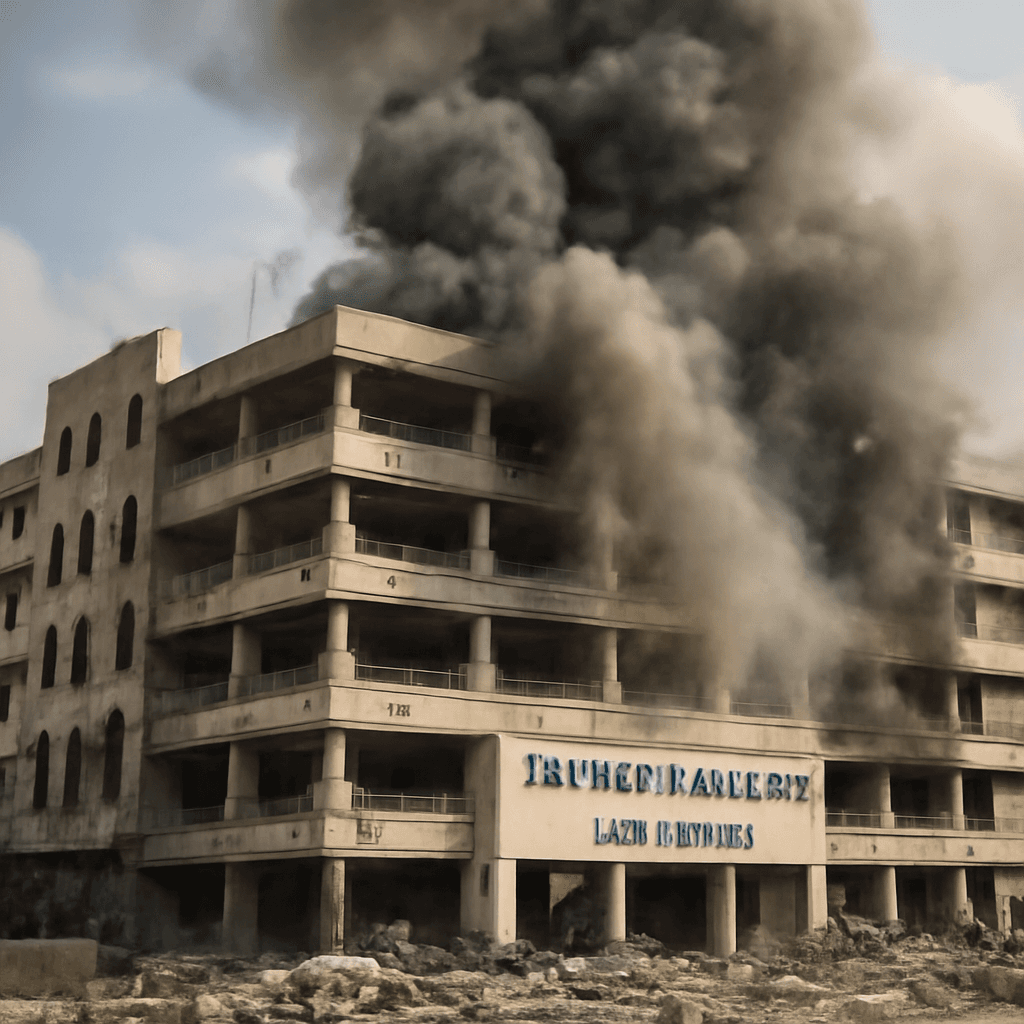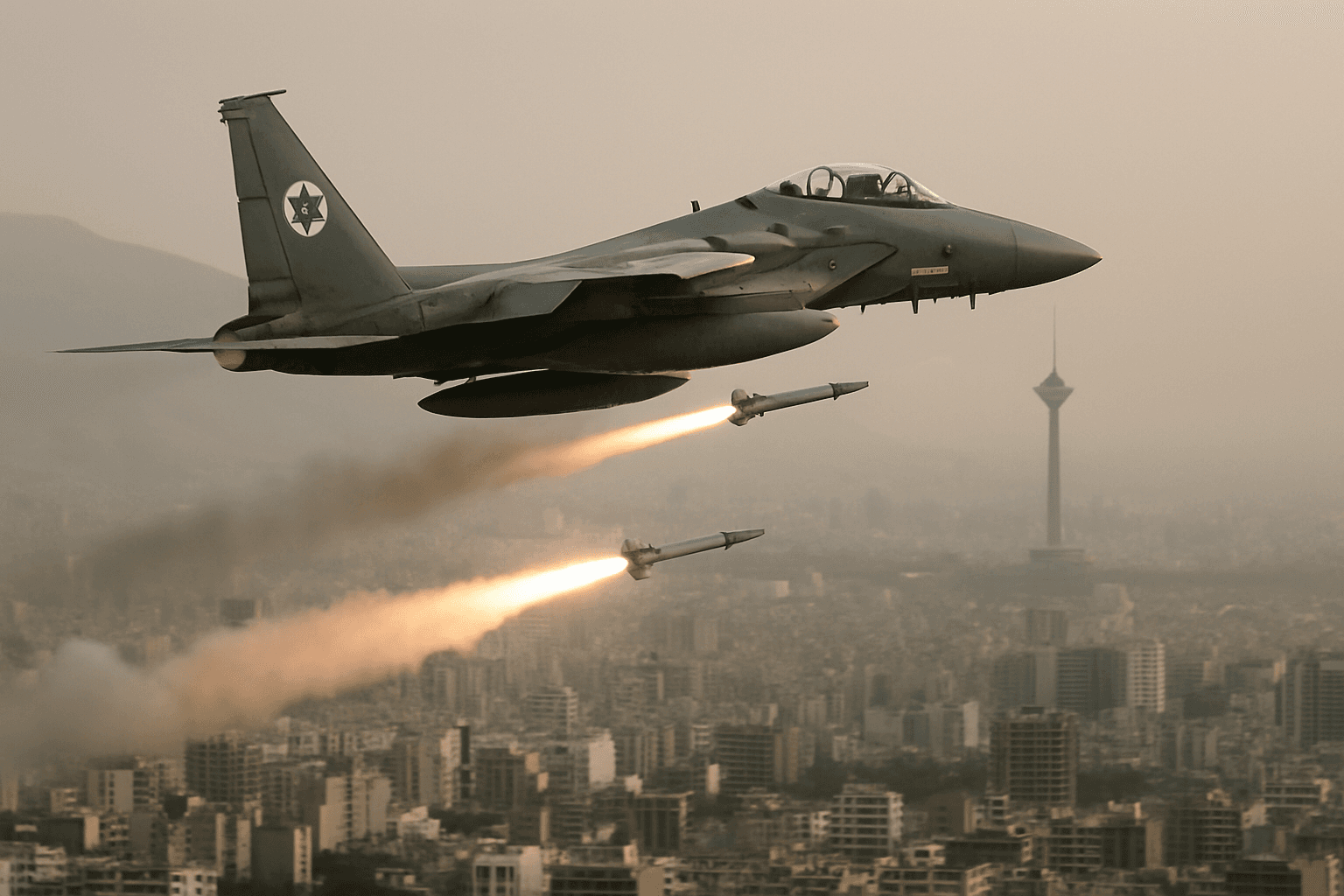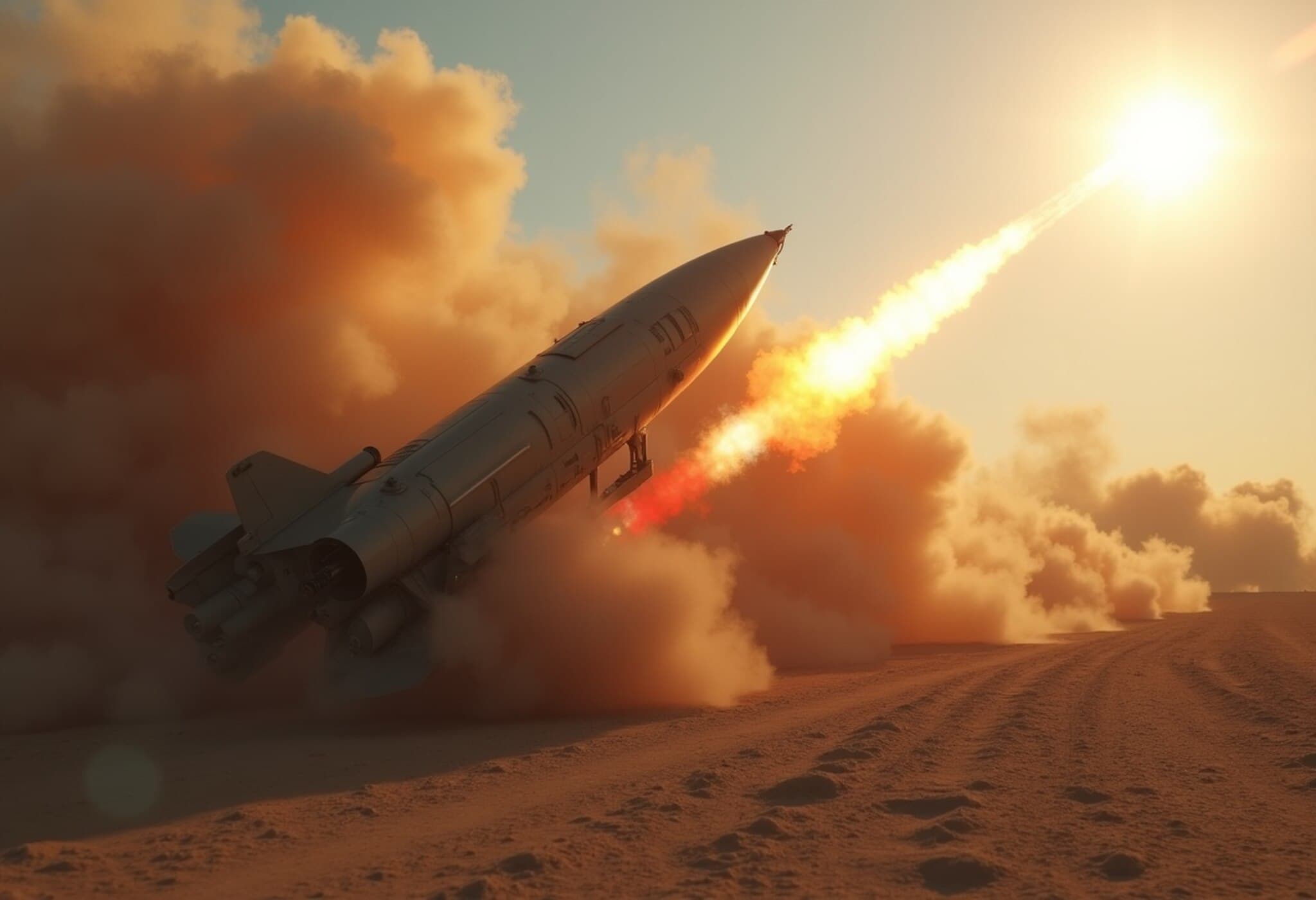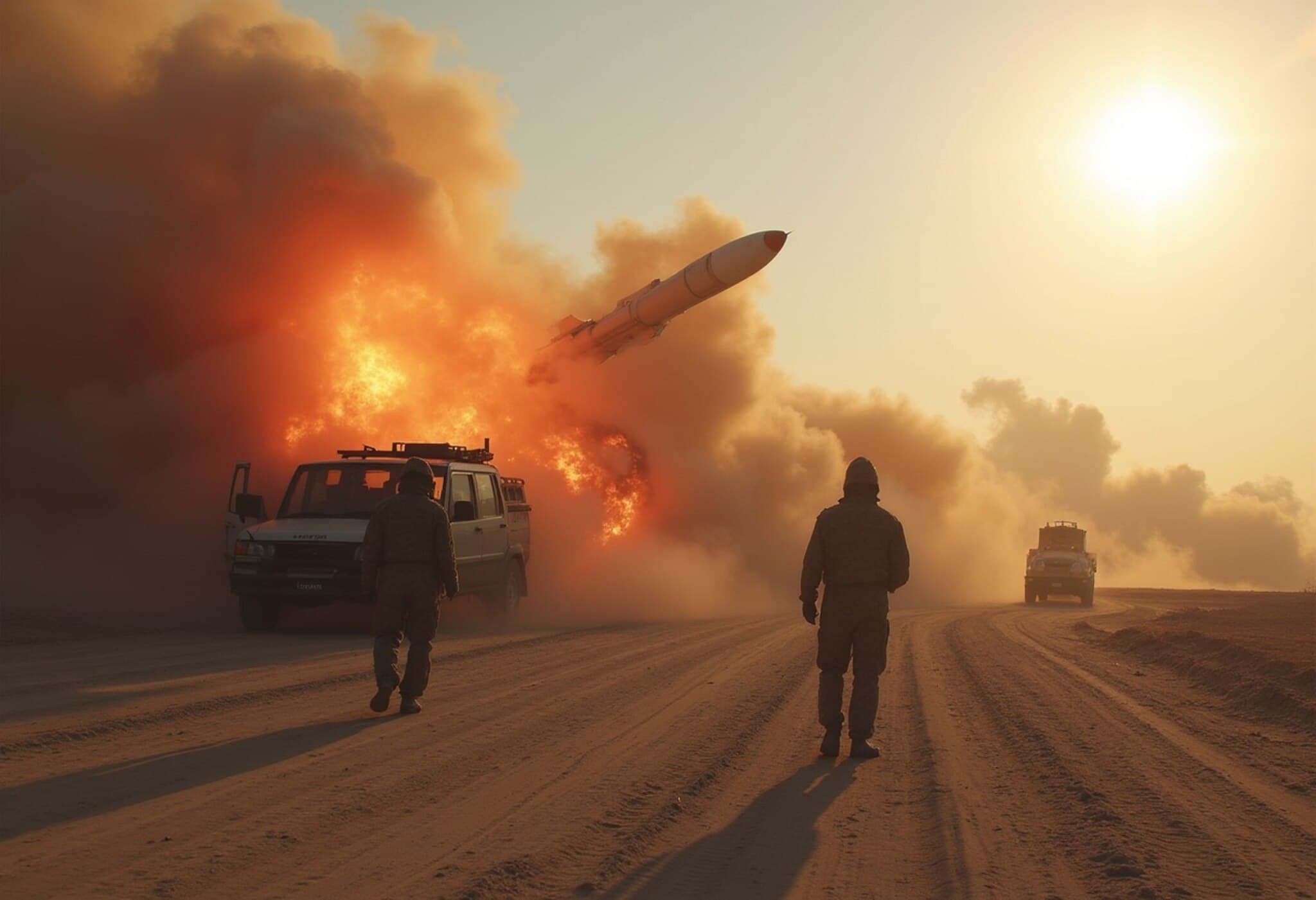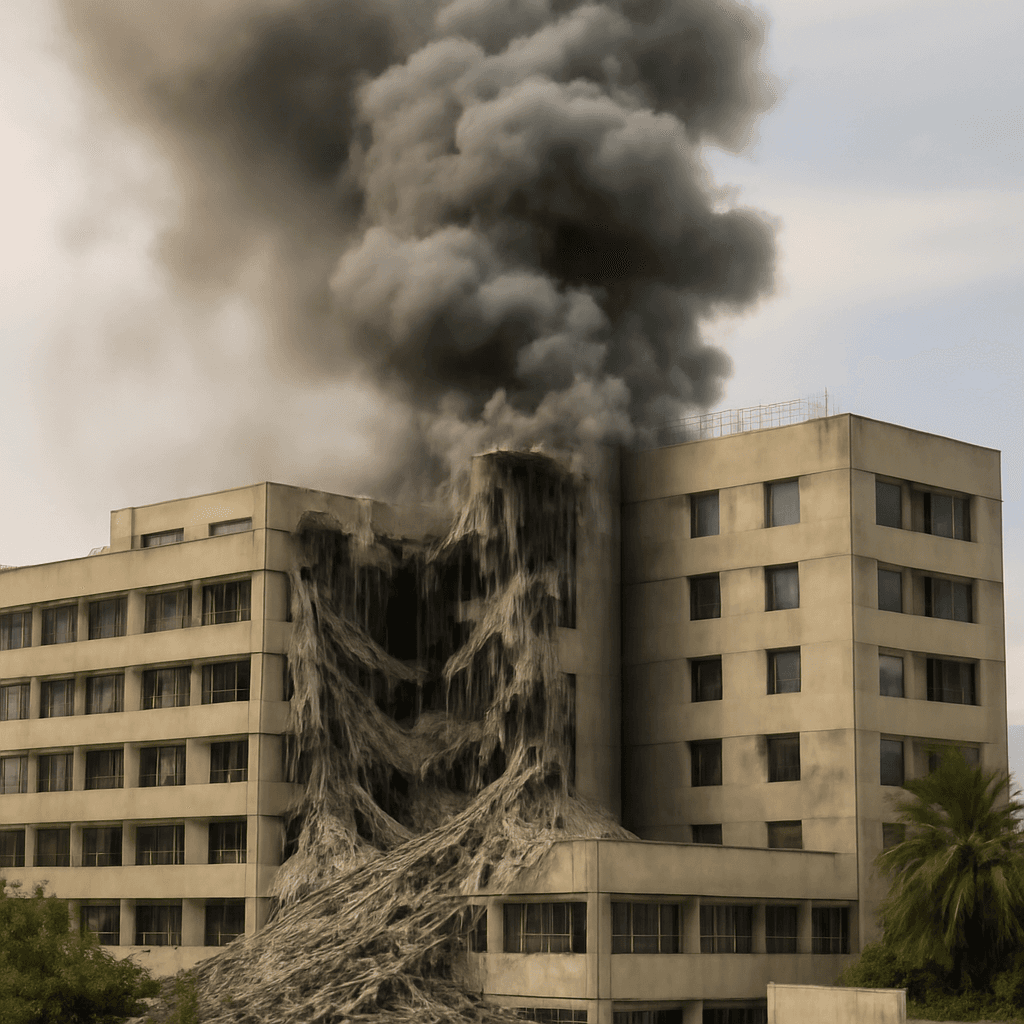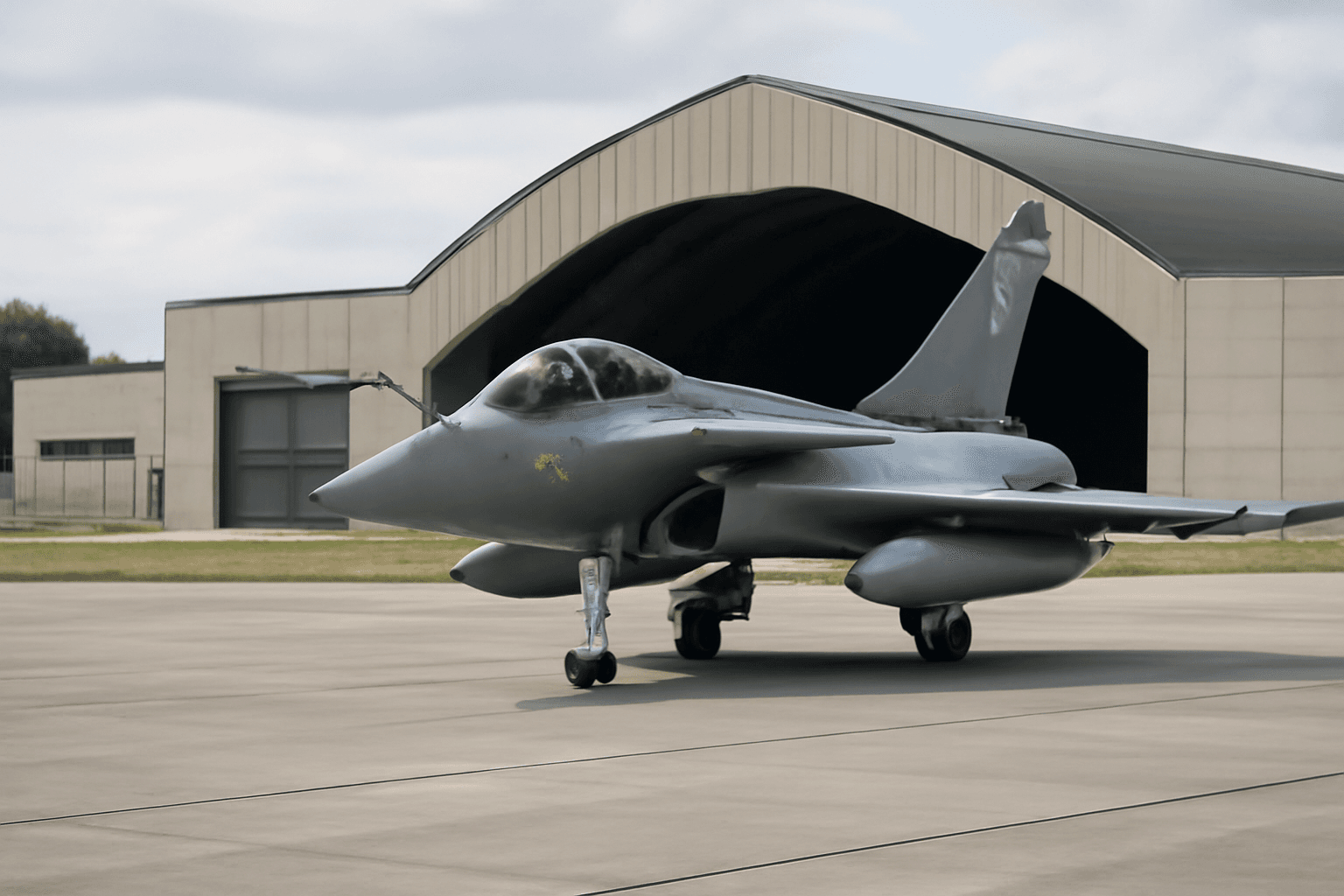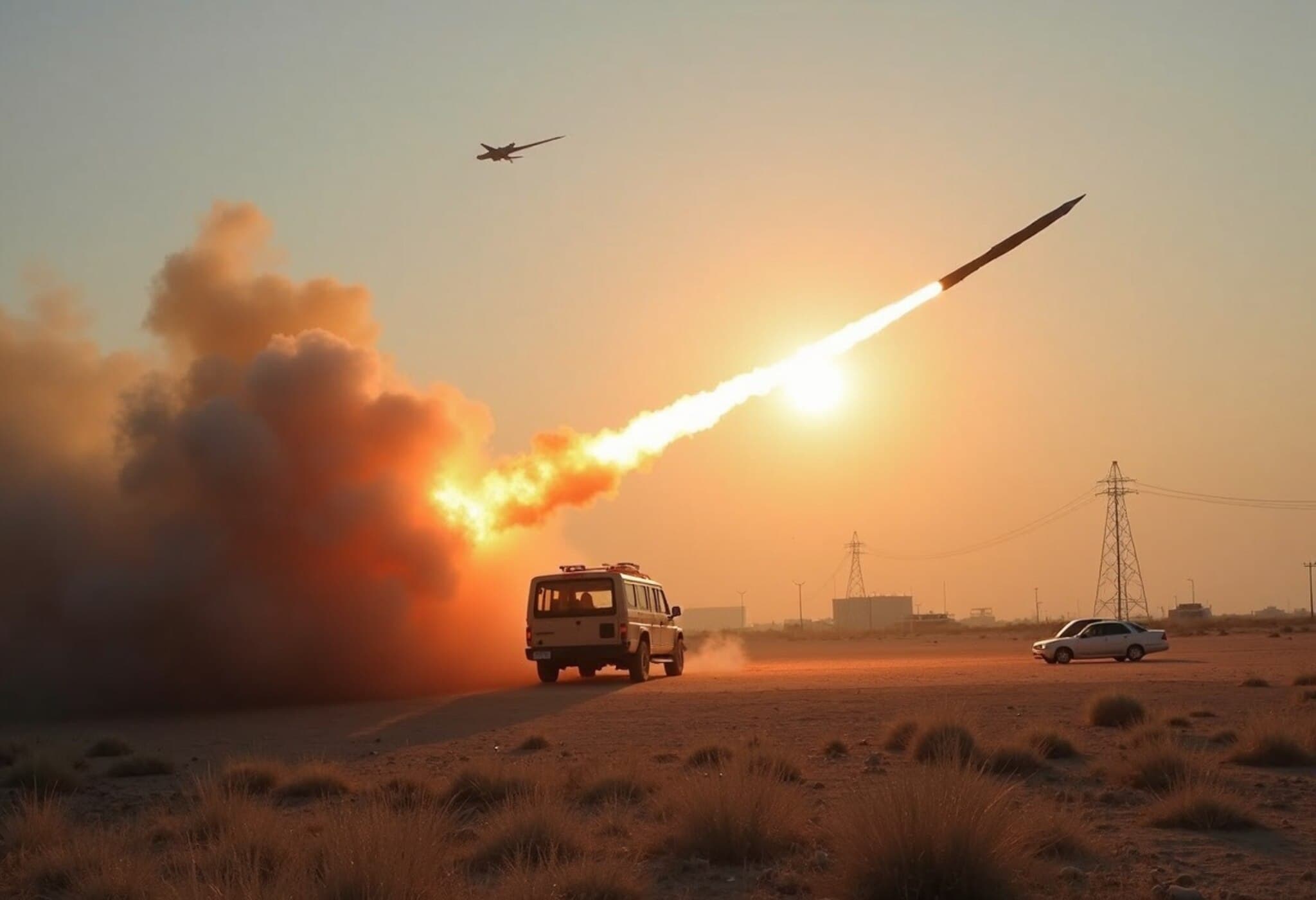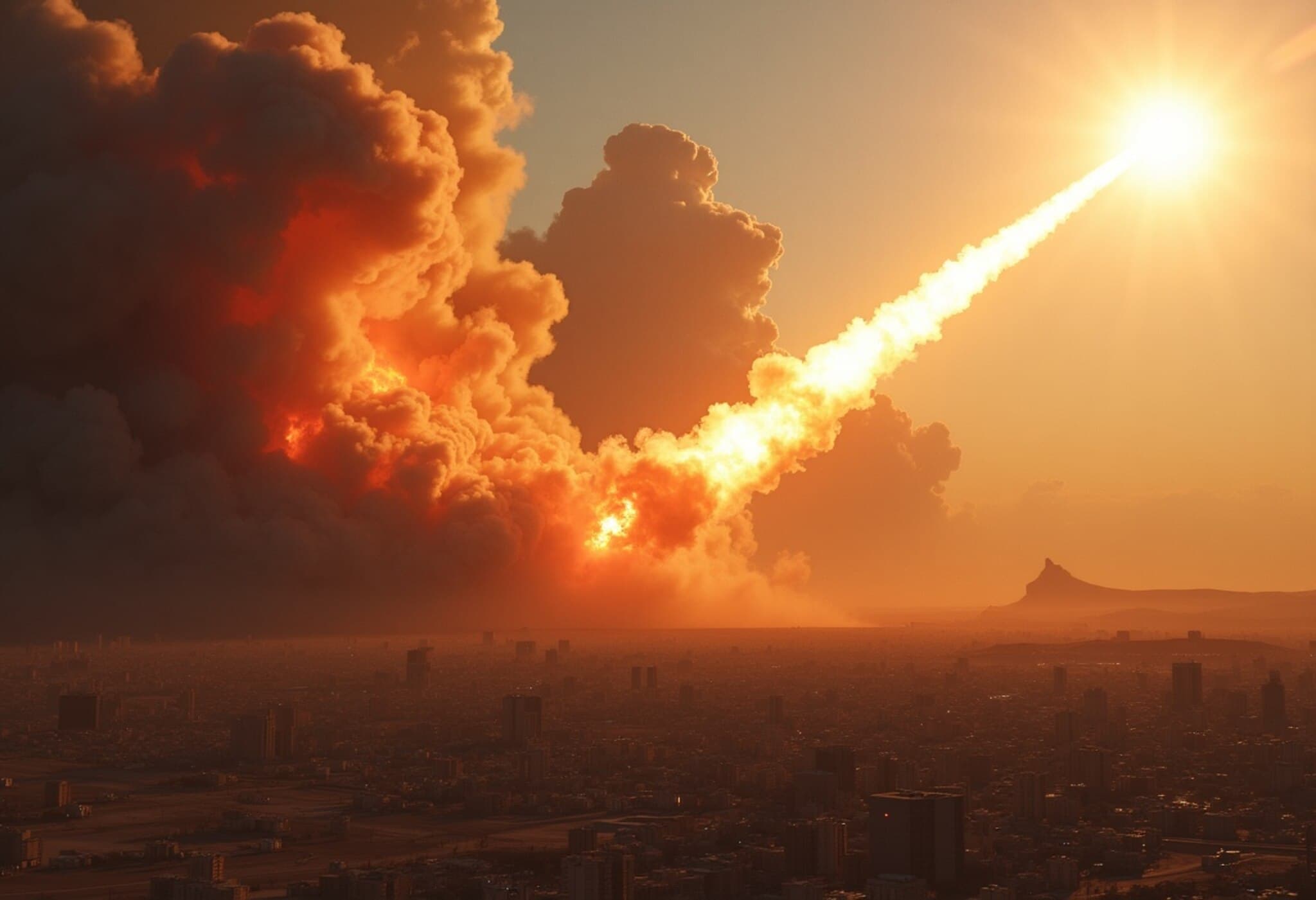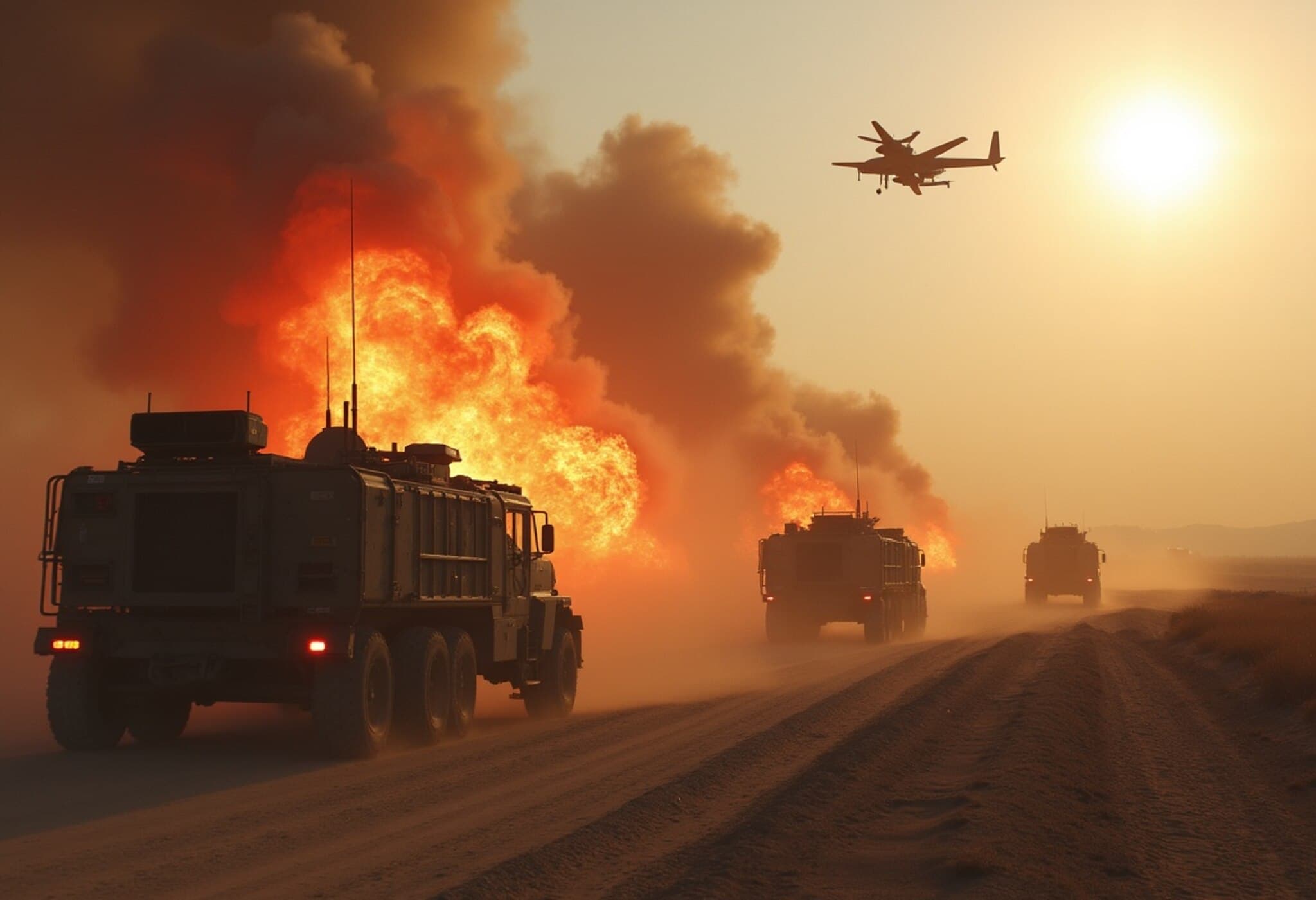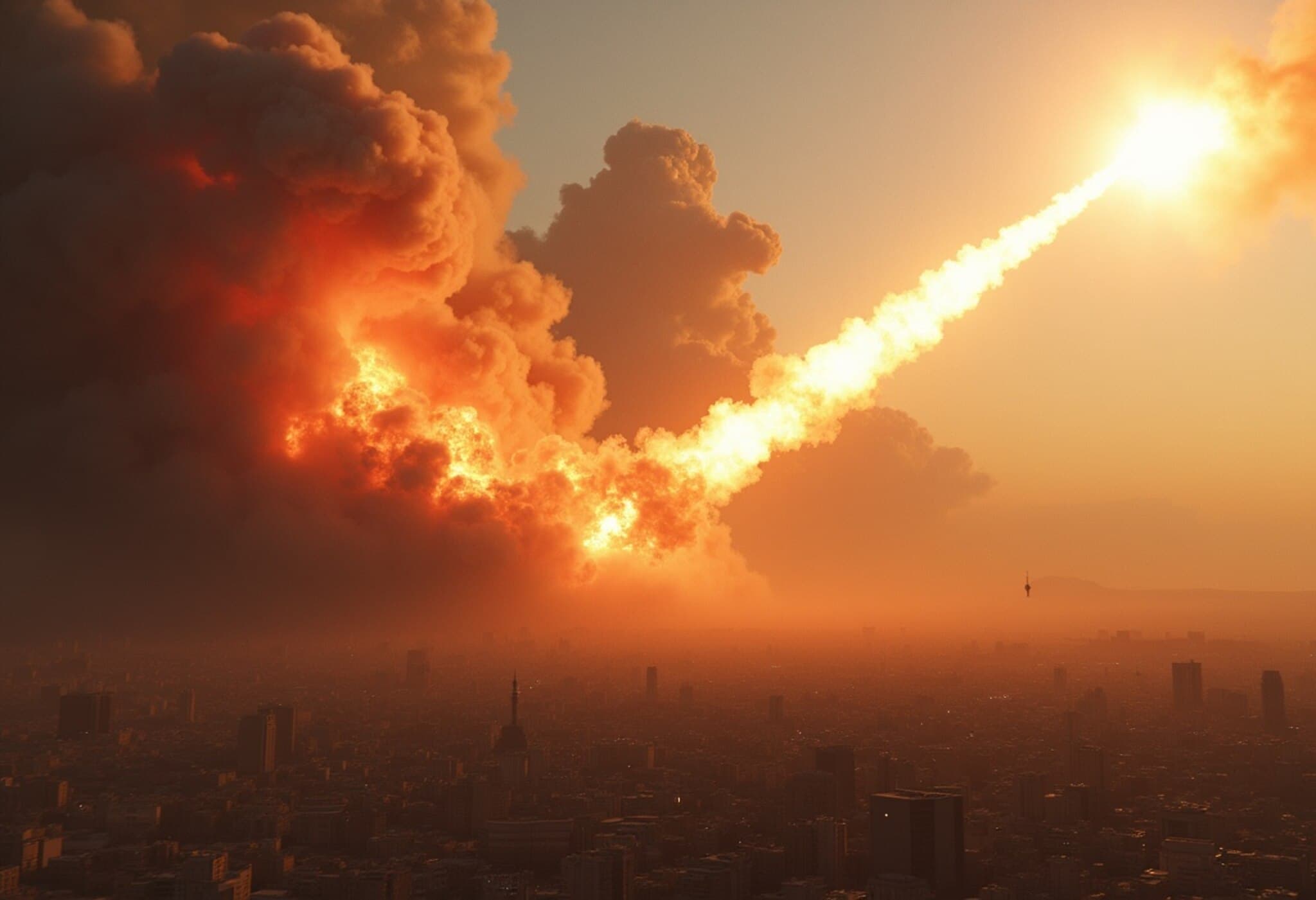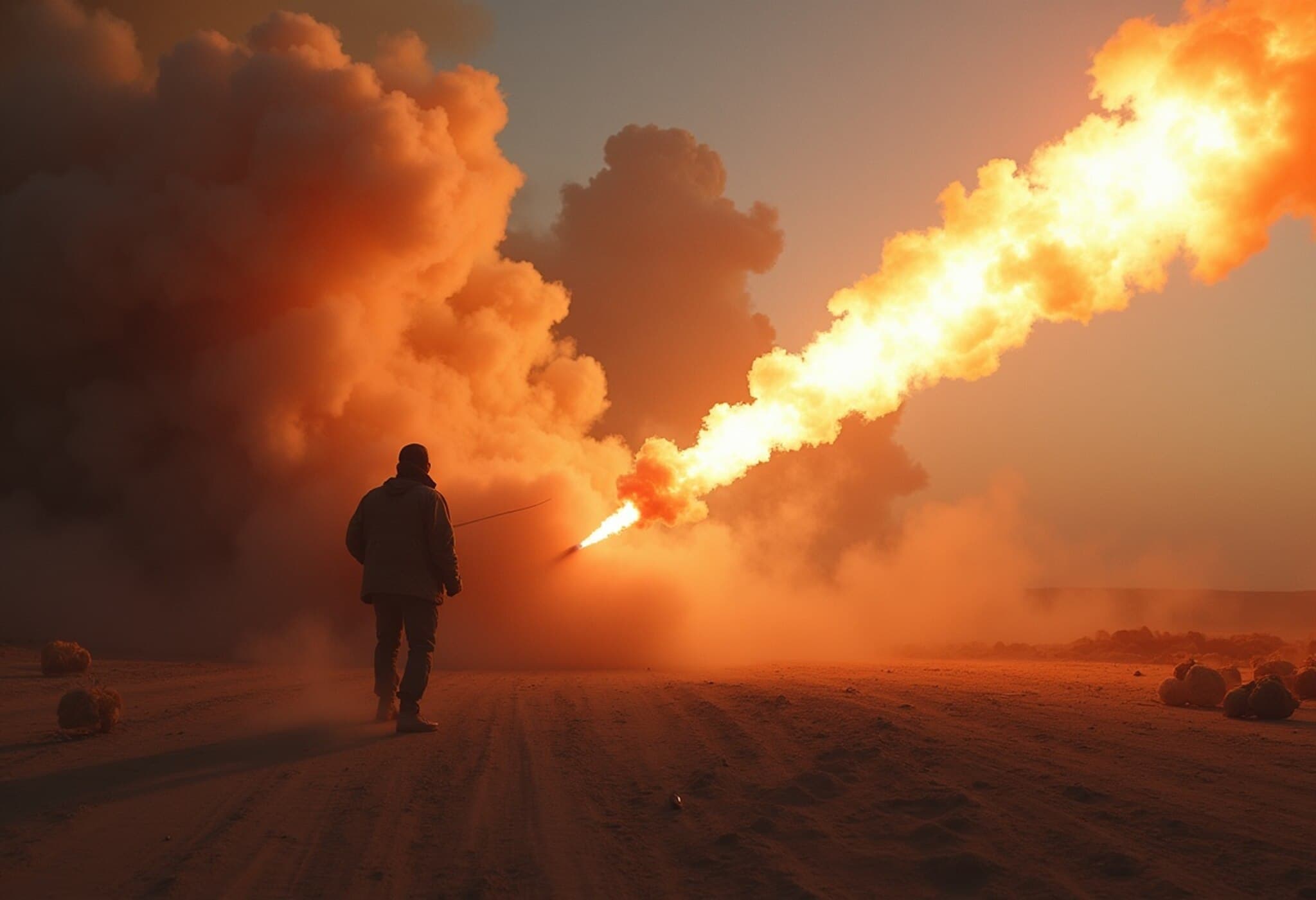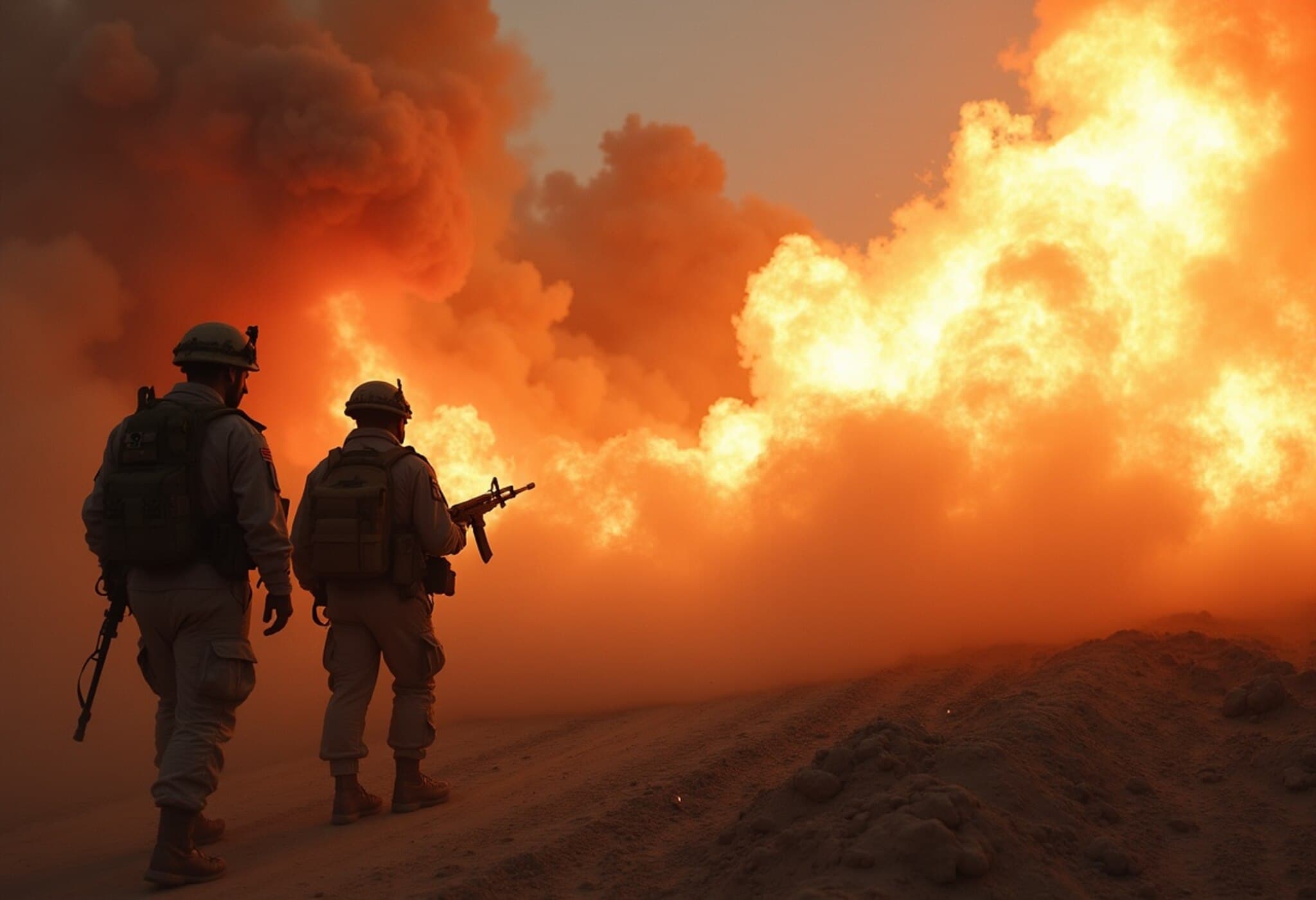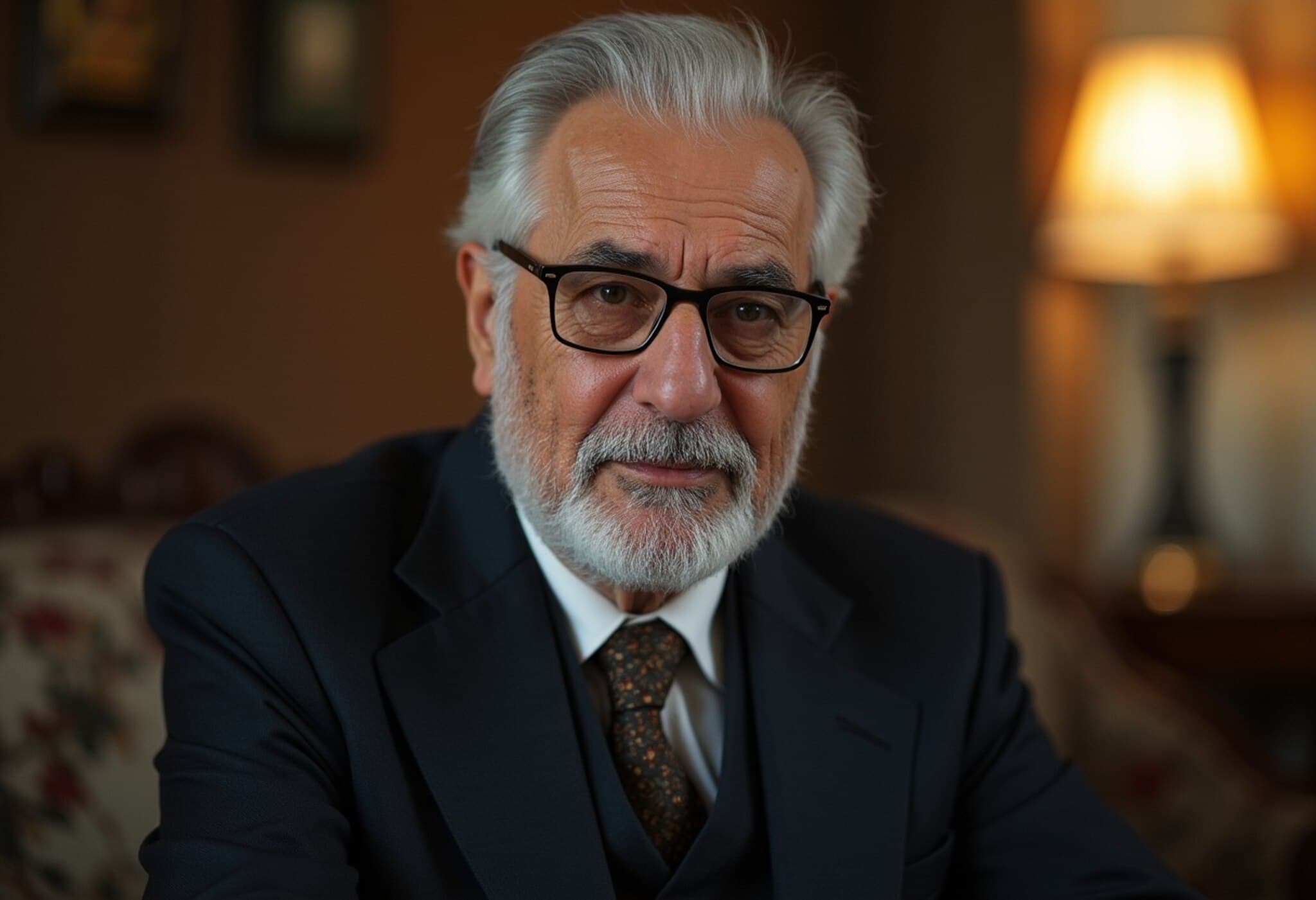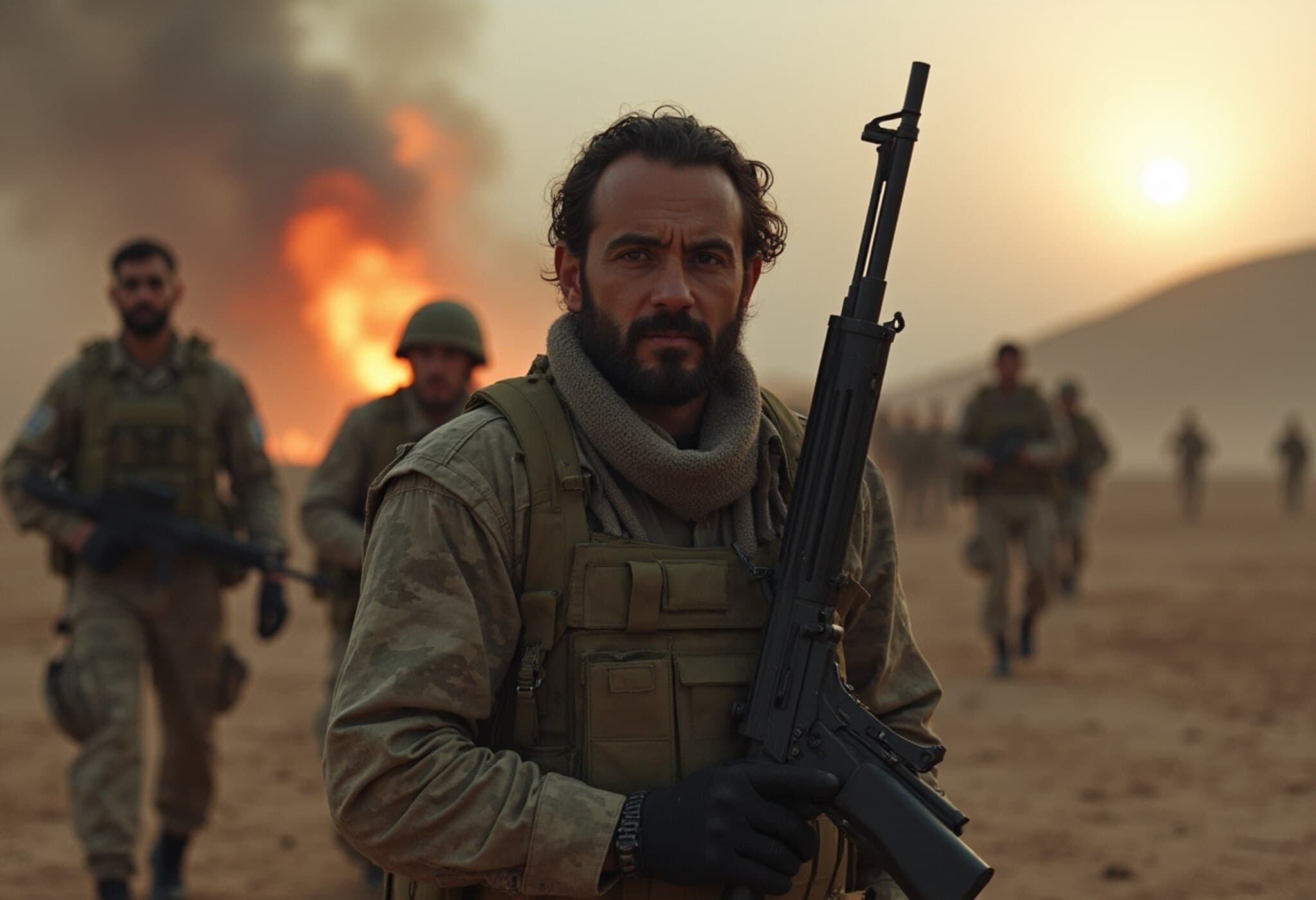Iranian Missile Hits Israel's Largest Medical Facility
In a severe escalation of conflict, an Iranian missile struck the Soroka Medical Center in southern Israel early Thursday, causing extensive damage and injuring multiple individuals. The Soroka Medical Center, with over 1,000 beds, serves approximately one million residents across Israel’s southern region.
Footage broadcasted by Israeli media showed shattered windows and thick plumes of black smoke billowing from the hospital, a critical healthcare hub for southern Israel.
Widespread Missile Attacks Near Tel Aviv
Alongside the hospital strike, another missile hit a high-rise and several residential buildings near Tel Aviv, resulting in at least 40 injuries as reported by emergency services. The attacks have triggered urgent responses, with hospitals activating emergency protocols and converting underground spaces to accommodate patients.
Israel’s Response: Targeting Iran’s Nuclear Infrastructure
In retaliation, Israel launched precision strikes on Iran's Arak heavy water reactor and a separate nuclear-related facility near Natanz. The Israeli military emphasized that its attacks aimed to disable components used for plutonium production, hindering Iran’s ability to advance nuclear weapons development.
Despite Iran’s state media assuring no radiation leak or civilian damage near Arak, Israeli forces had warned residents to evacuate prior to the strikes. The Arak facility, approximately 250 kilometers southwest of Tehran, has been a focal point of international concern due to its potential for plutonium production, an alternative pathway to nuclear weapons.
The Broader Conflict and Its Toll
The missile offensive from Iran marks the seventh day of intense conflict, during which Iran has launched hundreds of missiles and drones targeting Israel. While Israel’s multi-layered air defense systems intercept many of these attacks, some have hit population centers.
Casualty reports indicate at least 24 Israelis killed and hundreds wounded, while Iranian human rights organizations cite over 630 dead and more than 1,300 injured inside Iran, including civilians.
Historical and Diplomatic Context
The Arak reactor was redesigned under the 2015 nuclear agreement to limit its plutonium output. However, Iran’s latest activities, including uranium enrichment up to 60%, remain a significant proliferation concern, edging close to weapons-grade levels.
International nuclear watchdogs have expressed unease about damaged oversight caused by Iran’s restrictions on inspections. Observers note that Iran’s heavy water stockpiles and production are difficult to verify reliably under current monitoring constraints.
Impact on Healthcare and Civilian Life
The missile strike on the Soroka Medical Center forced the hospital to close its doors to new patients except for critical emergencies. The medical staff is handling multiple minor injuries, and emergency services nationwide remain on high alert.
Hospitals are rapidly adapting spaces to protect vulnerable patients, relocating those reliant on ventilators to underground sections to mitigate risks from further missile attacks.
Looking Ahead
The ongoing exchanges between Israel and Iran underscore the fragile security situation across the Middle East. While Israel remains the region's sole acknowledged nuclear-armed state, Iran continues to push the boundaries of its nuclear program despite international scrutiny and sanctions.
As diplomatic efforts falter, the risk of further escalations, including targeting of civilian infrastructure, remains a grave concern for the international community.


